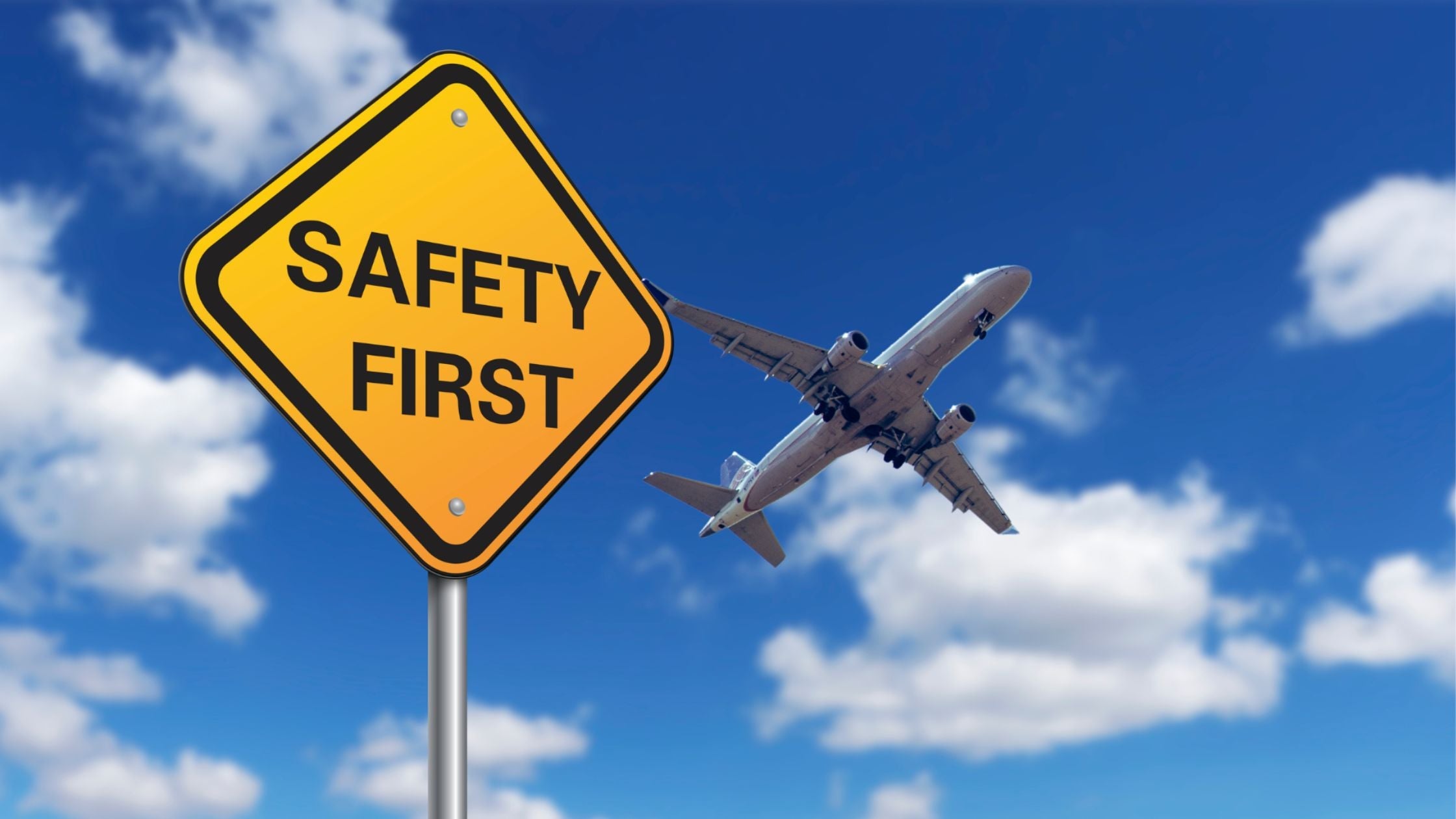
Safety Culture in Aviation - Why is aviation so safe?
When people think about aviation safety, they often picture high-tech instruments, professional pilots, and state-of-the-art aircraft. While all of that plays a role, the real backbone of aviation safety isn’t hardware or regulations—it’s safety culture.
This invisible force influences every decision, checklist, conversation, and action in the cockpit, control tower, and maintenance hangar. But what exactly is safety culture in aviation, and why is it so powerful?
Let’s explore.
1. What Is Safety Culture?
In simple terms, safety culture is the shared attitude, values, and behaviours of everyone involved in aviation when it comes to managing risk and preventing accidents.
It’s the collective mindset that says:
-
“It’s okay to speak up if something seems off.”
-
“Checklists aren’t optional.”
-
“Learning from mistakes is more important than blaming someone for them.”
Strong safety culture doesn’t just react to problems—it actively works to prevent them.
2. Where Safety Culture Lives: Everywhere
Safety culture isn’t just a pilot thing. It spans across:
-
Pilots and flight crews – through strict adherence to procedures, CRM, and ongoing training.
-
Maintenance teams – who meticulously inspect and repair aircraft to keep them airworthy.
-
Air traffic controllers – who communicate clearly and manage complex airspace safely.
-
Flight schools and instructors – who teach new aviators the importance of safety from day one.
-
Airline leadership and regulators – who set the tone for how safety is prioritized at the organizational and national level.
Every link in the chain matters.
3. Open Reporting: The Heart of Safety Culture
In a healthy safety culture, people are encouraged to report safety issues—without fear. Programs like:
-
ASRS (Aviation Safety Reporting System)
-
ASAP (Aviation Safety Action Program)
-
FOQA (Flight Operational Quality Assurance)
...all exist to allow professionals to report incidents, near-misses, or procedural lapses. These reports are used to improve systems, training, and protocols. The key is that they’re non-punitive. The goal is to fix the system, not punish the person—unless there was wilful negligence.
This transparency builds trust and leads to safer outcomes for everyone.
4. Training and Reinforcement
Safety culture isn’t something that’s “set and forget.” It’s reinforced through:
-
Recurrent training
-
Line-oriented flight training (LOFT)
-
CRM (Crew Resource Management) courses
-
Debriefs and self-critiques
Pilots are taught to continually question their own decisions, verify assumptions, and communicate. The emphasis is on professionalism, humility, and teamwork—not ego.
5. Learning From Mistakes Without Stigma
One of the strongest aspects of aviation’s safety culture is how it learns from errors—and shares those lessons. When an incident occurs, it’s analysed deeply, and the findings are widely distributed across the aviation community.
This means a mistake in one cockpit can lead to safer procedures in thousands of others.
Compare that to other industries where mistakes are hidden or brushed aside. In aviation, mistakes are data. They’re chances to evolve.
6. Leadership Sets the Tone
Organizations with strong safety cultures have leaders who:
-
Empower their teams to speak up
-
Never pressure pilots or maintenance teams to cut corners
-
Put safety over schedule
-
Celebrate good catches, not just smooth flights
If the culture from the top values safety above all, it filters down to every level. Conversely, if leadership sends mixed messages about safety, it erodes the foundation.
7. Why It Matters to Every Pilot
Whether you’re a weekend warrior flying a Cessna or an airline captain with 10,000+ hours, safety culture starts with you. Every decision you make—pre-flight checks, weather calls, go-arounds, even admitting when you’re too tired to fly—is part of that culture.
It’s not about fear—it’s about responsibility, professionalism, and community.
Final Thoughts
Safety isn’t just something you do—it’s something you live. It’s in every checklist, every briefing, and every “let’s go over that again.” The aviation world has earned its stellar safety record not by luck, but by building a culture where doing the right thing is the only way to fly.
So whether you're gearing up for your next cross-country or prepping for an instrument check ride, remember: your mindset is your best safety tool.
Need the right equipment to match that mindset? Check out our curated collection of pilot essentials—from checklists and kneeboards to flight bags and more.



Leave a comment
This site is protected by hCaptcha and the hCaptcha Privacy Policy and Terms of Service apply.